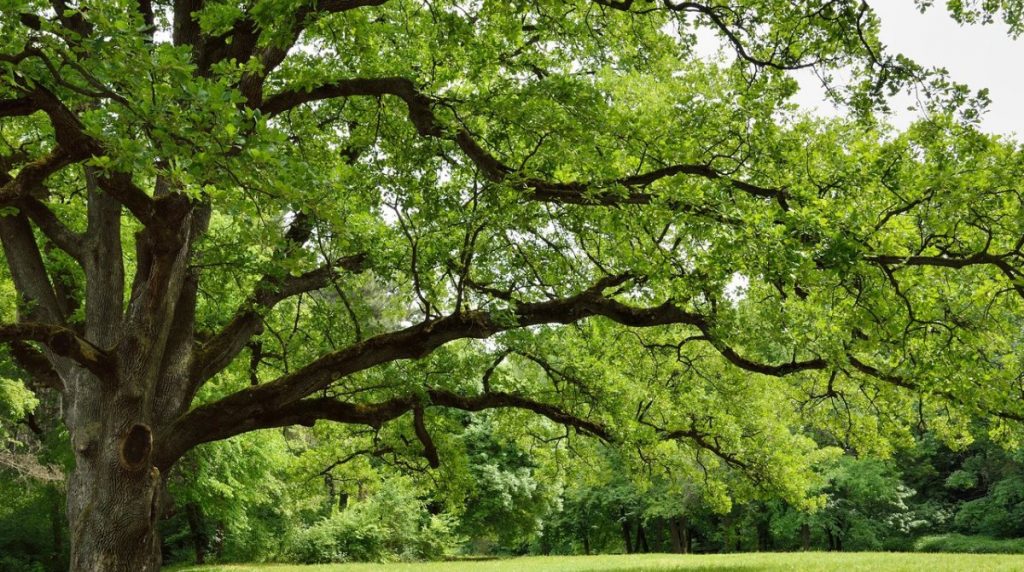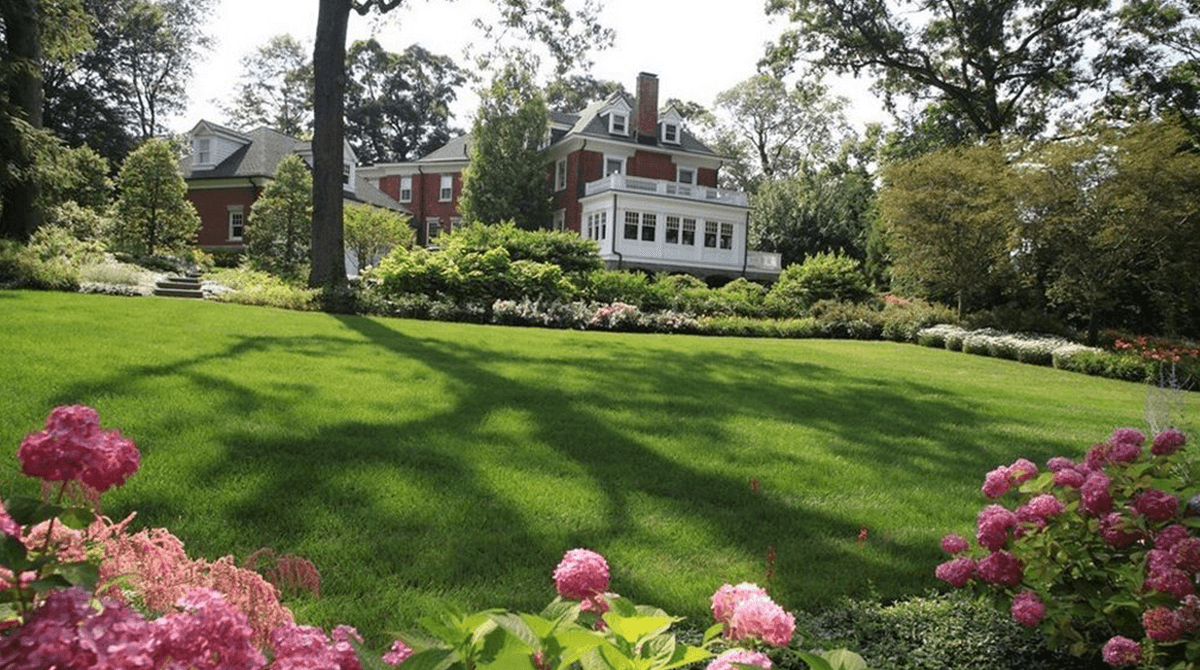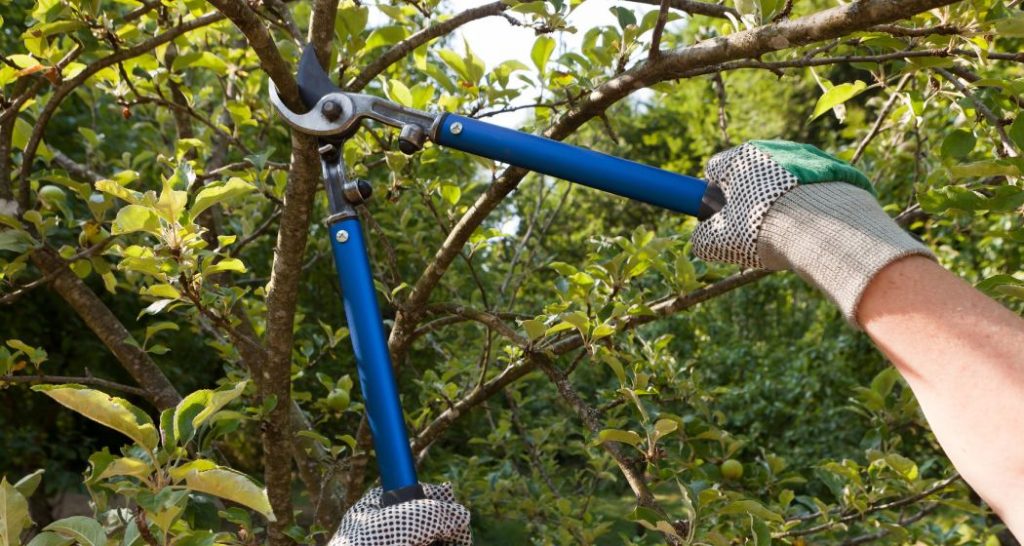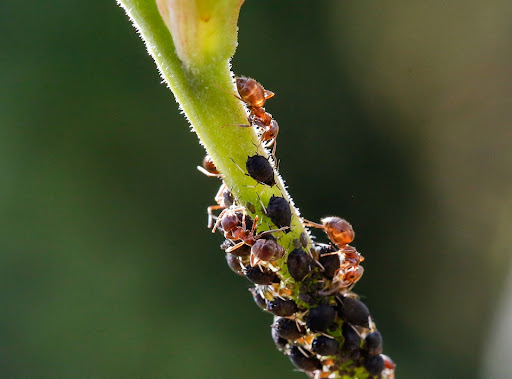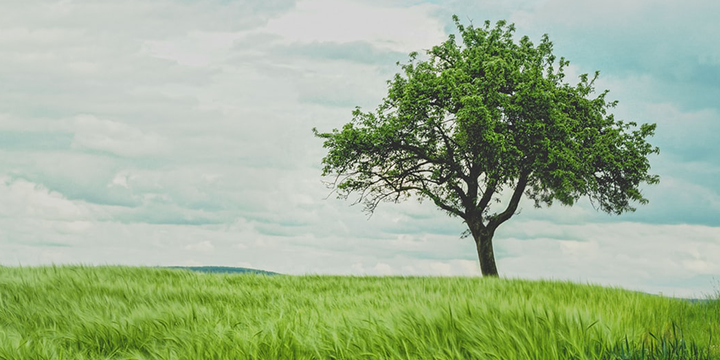
Date March 31, 2020
Category
Trees are ubiquitous across the United States and the world. However, there are many species that are indigenous to specific regions. Since trees rely on climate and soil conditions to grow properly, there are some trees that will only grow in a wetland instead of a forest, and vice-versa.
Unfortunately, many property owners will blindly plant a tree in their landscape without educating themselves on the pros and cons of their decision. Doing so will result in the loss of your hard-earned money and time. Also, a tree planted improperly could die and pose a significant threat to a community.
With that said, it’s important to only plant trees that are akin to the region you’re living in. Here are some of the best trees that are well-conditioned to grow in North Central Texas, from shade to ornamental trees.
Pecan
Pecan trees are one of the most common trees in the country, possessing the pecan nut in the spring and summer months. In fact, the pecan is Texas’ state tree. Pecan trees are long-lasting and offer a compact landscape size for planting.
They are also a deciduous tree, which means these trees bloom in the spring and summer, while the leaves fall off in the fall and winter months.
Shumard Red Oak
This tree is specially adapted to thrive in the North Central Texas region. Being a deciduous tree, it possesses beautiful red and yellow-colored leaves for most of the year. Most of these trees grow to be more than 80 feet tall and over 50 feet wide.
A Shumard red oak can handle alkaline pH and Texas’ signature clay-like soil very well, making it an ideal plant for both homeowners and real estate developers.
Live Oak
Live oak trees are some of the toughest trees in the area. These trees are partially evergreen, meaning that they will keep their green leaves for most of the year, except during the fall and winter months when the green leaves begin to thin out.
Depending on the weather and certain other conditions, live oaks can quickly shed and regrow new leaves early in the spring. These trees have relatively modest dimensions, growing up to 80 feet tall and having a maximum circumference of 80 feet.
Bur Oak
The Bur Oak Tree is native to the North Central Texas region. One of Texas’ larger trees, it’s a completely rounded oak that retains yellow deciduous leaves throughout the fall months.
This tree is highly characterized by its extremely large acorns that grow until the late fall and early winter months.
Chinquapin Oak
This is another tree that is native to Texas. Interestingly, Chinquapin Oak has a unique appearance. It’s flaky bark and saw-toothed leaves are distinct features of any oak tree native to Texas.
It’s also smaller than other trees of its species, with most trees barely growing 60 feet. The Chinquapin Oak is a noticeably small tree, having an average circumference of 40 feet.
Chinese Pistache
If you’re looking for a manageable, small yet fashionable tree to plant in a suburban area, the Chinese Pistache maybe your best option. This tree maintains an excellent rate of growth, showing off magnificent yellow, red, and orange leaf colors in the fall.
The Chinese Pistache only grows up to 30 feet and is a perfect addition to the front lawns of homes and other properties that are in close proximity to each other. These trees don’t pose much of a safety risk and are easy to manage throughout the year.
Cedar Elm
The Cedar Elm is a tree native to only the state of Texas. It’s known for being drought-tolerant and adaptable to a wide array of soils, including the signature clay-like soil akin to North Central Texas.
The Cedar Elm can grow up to 60 feet tall, but it has a relatively small circumference that is estimated to be in the range of 30 to 40 feet.
Shantung Maple
This tree was imported from China several years ago and can interestingly thrive in Texas’ distinct climate. Anyone living in Texas knows how unbearable the sweltering heat and humidity can be in the summer months.
The Shantung Maple can endure harsh climates and alkaline-rich soils. It’s also a small tree, measuring at an average height of 35 feet.
Crape Myrtle
These ornamental trees can bloom for up to three months, making them the perfect decoration for suburban and municipal areas. They are also easy to manage throughout the entire year.
Plant Your Favorite Tree Today
Do you want to grow any of the aforementioned trees or have a specific preference you want to inform us about? If so, give us a call today to discuss how we can plant your favorite tree.
To learn more about how to choose the best trees for North Texas, call us today at tel:(817) 592-6846 or send us a message.
We’re a little different than the average tree services company.
Learn more about TreeNewal’s ISA certified Arborists and how sustainable tree care services add more value to your bottom line.
Healthy trees, healthy lives.
